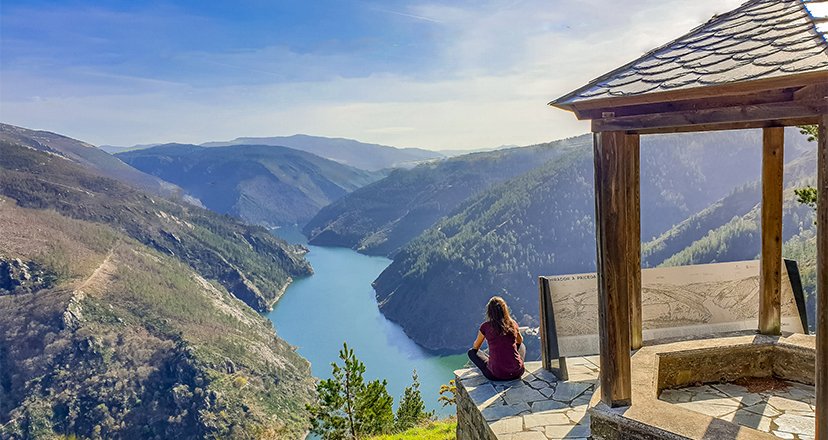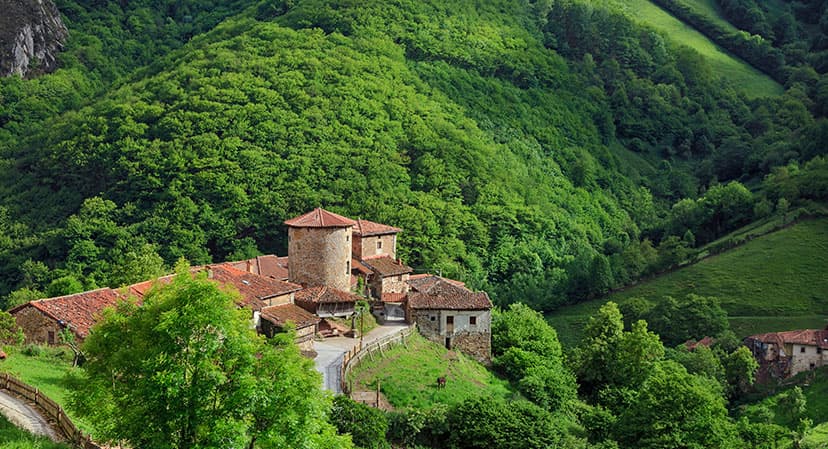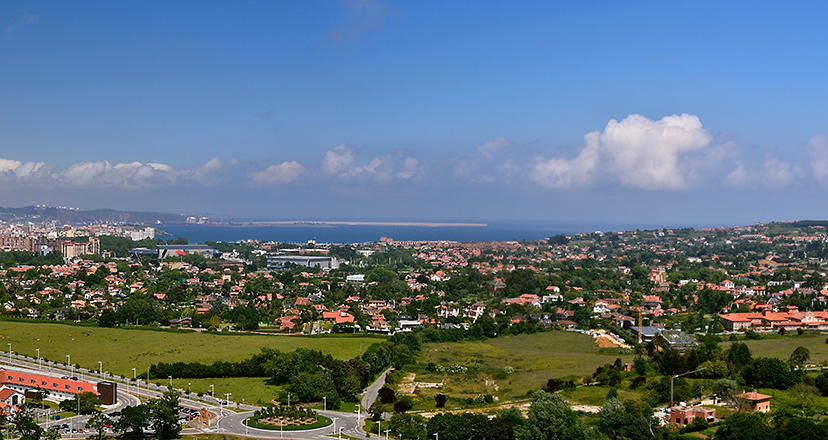Back A journey through the Roman past of Asturias
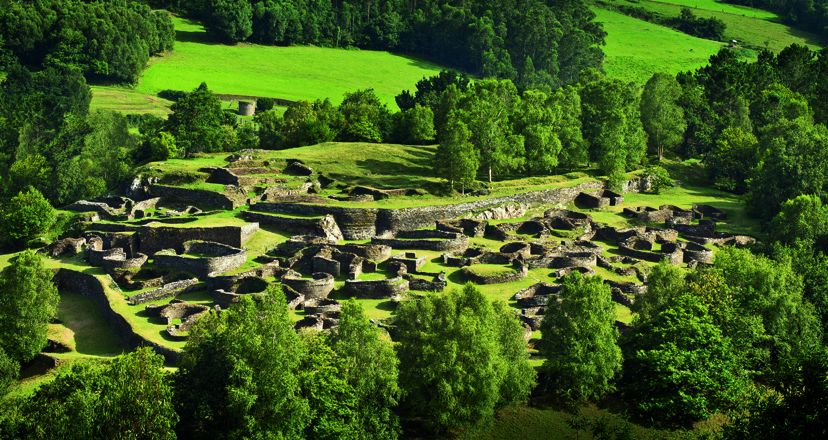
A journey through the Roman past of Asturias
The Roman Empire conquered Asturias and stayed in these lands for several centuries, attracted especially by the gold and raw materials of western Asturias. Discovering these vestiges is a marvellous adventure.
The great Roman Empire conquered the lands of Asturias in 19 BC, after more than ten years of bloody warfare, in what were known as the Astur-Cantabrian wars. The wars were taking too long for the Roman war machine, but after the discovery of gold mines in western Asturias, the Emperor Caesar Augustus himself stepped in to lead the armies and achieve the first great victory of his rule as Caesar.
The influence of the Roman Empire in Asturias lasted until the 5th century, when the Empire was dismembered. Many vestiges of this past remain that can be visited, mainly related to the extraction of gold and other raw materials by the Romans, although we will also find settlements, thermal baths and defensive walls that have survived to the present day.
Between the mouths of the Eo and Nalón rivers, in western Asturias, there are interesting archaeological sites that show us how the Romans mined gold. The natural monument of As Covas da Andía, in the municipality of El Franco, is a good example of this type of mining.
In Navelgas, where the gold panning championship is still held, you can learn more about this golden past in the Gold Museum. And if you enjoy hiking, just a stone's throw from Navelgas, in the municipality of Tineo, is the Gold Route, and the Moura Trail, in Degaña, where you can visit the mining site of El Corralín.
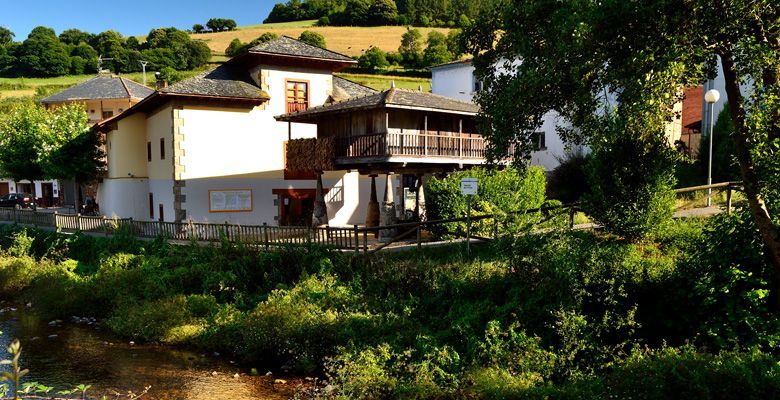
Apart from gold mining, in western Asturias you will also find military settlements where the Romans lived. The best known and largest in the area is the Castro de Coaña, a settlement of pre-Roman origin, built by the local inhabitants, of Castro culture, between the 5th and 4th centuries BC. During the Roman influence it experienced a period of great vitality, forming the urban layout that we can visit today, containing some eighty circular and square buildings.
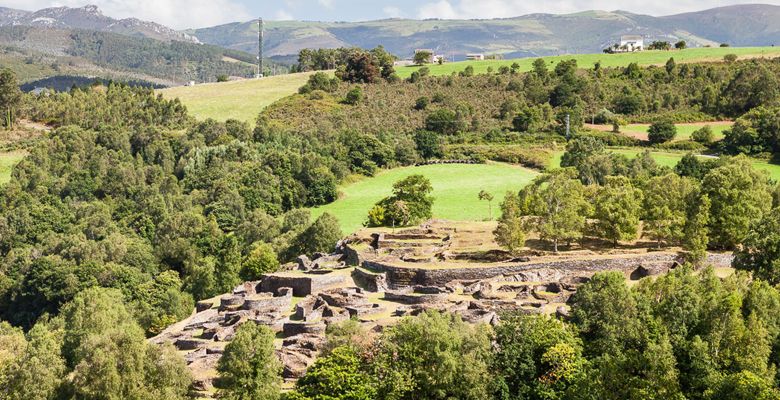
Other interestingcastles to visit in the area are Mohías, with around twenty remains of huts, and Chao Samartín, which reflects the splendour of a prosperous administrative capital in Roman times.
As for the centre of Asturias, there are also important vestiges of the region's Roman past. In cities such as Oviedo/Uviéu or Avilés there are hardly any Roman remains, and only the latest excavations are revealing that they may have been ancient Roman camps or settlements.
Oviedo/Uviéu, which was officially founded in the year 761, as stated in the Monastic Pact of San Vicente, hides Roman remains dating from the 4th century under the Museum of Fine Arts of Asturias, found after the extension works in 2008, so it is assumed that there would have been a kind of settlement or camp there.
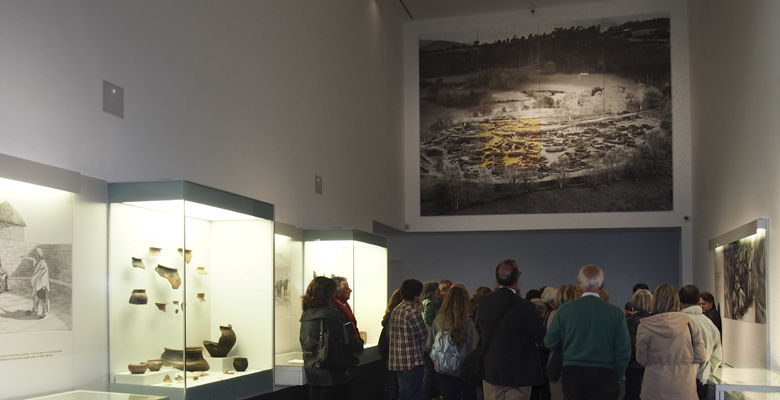
In Oviedo/Uviéu we find the Archaeological Museum of Asturias, which has mosaics, Roman ceramics and tombstones from all over the province.
As for Avilés, coins and other tools have been found near the estuary, suggesting that there was a Roman camp in the area, whose highest commander was named Abilius.
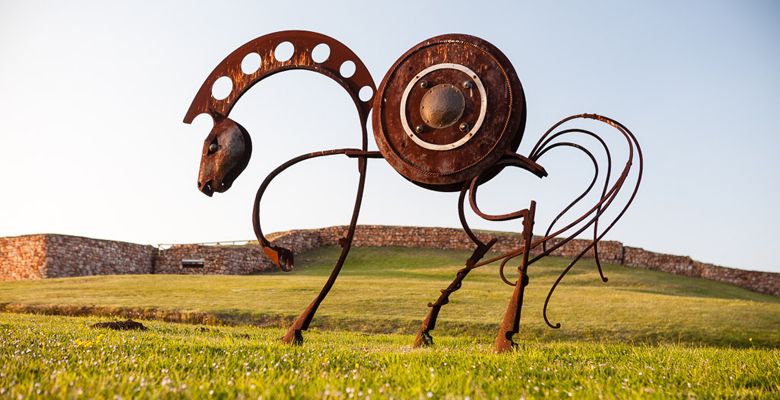
We are left with Gijón/Xixón, a city where the Roman past is more than evident. In Campa Torres is the fortified settlement of Noega, the largest on the Asturian coast, populated by Asturians who were later Romanised. The castro and the wall, visible today, were gradually abandoned in favour of the other great fortification in the area, Gegionem, created on what is now the Cimavilla peninsula.
This fortification, undoubtedly the most important in Asturias, was a major seaport on the Cantabrian coast, serving as a link between the plateau and the coast, thanks to the route that ran through the centre of Asturias to Asturica Augusta (now Astorga).
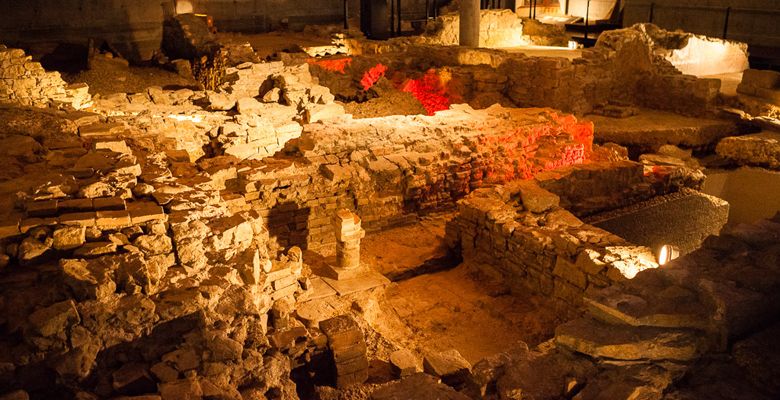
From this past, the Roman baths of Campo Valdés, which were opened to the public in 1995 following restoration work, are still in good condition, as they are partly located under the church of San Pedro. A stone's throw from the baths is the statue of Caesar Augustus, the great conqueror of these lands.
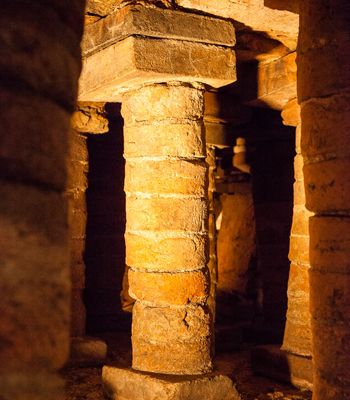
Another of the most attractive Roman sites to visit in Gijón is the Roman Villa of Veranes, a grand stately residence that belonged to a nobleman called Veranius. The site has a museum, where the remains found are exhibited, and during the visit we can visit both the residential area of the villa (pars urbana) and the farming area (pars rustica).
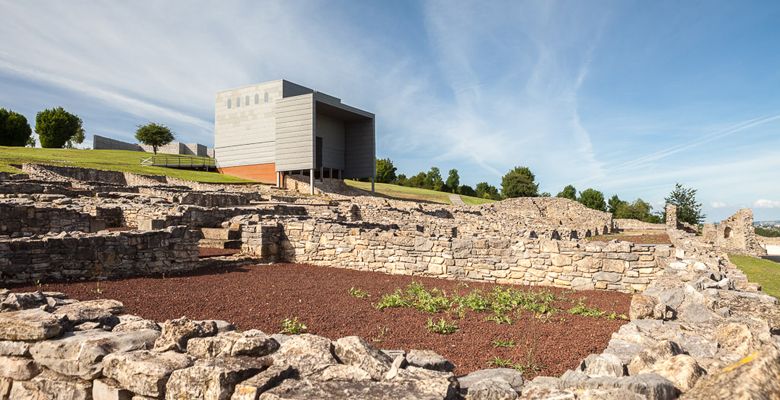
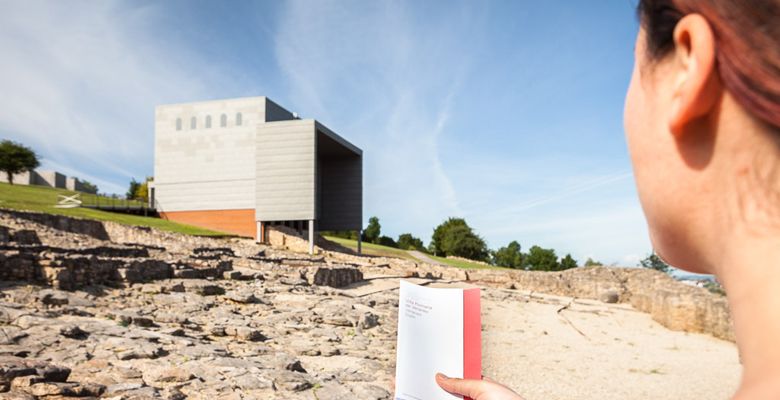
The last places of interest to visit in the centre of Asturias, related to the Roman past, are the Aula del Oro de Belmonte/Balmonte and the site of La Carisa.
In the Aula del Oro (Gold Classroom), where we once again take a look at the extraction of gold by the Romans, and where we can follow an archaeological route, which, starting in Viḷḷaverde, passes through Mudreiros and ends in Albariza.
As for the site of La Carisa, it is located between the municipalities of Lena and Aller, on the border with the province of León, and shows us the perseverance of the Romans in conquering these lands, building a fort in the Asturian mountains, at an altitude of 1,727 metres.
Asturias is much more than beautiful landscapes and a juicy gastronomy, you only have to look a little further to find a rich Asturian and Roman past, which is dotted throughout the geography with archaeological sites, forts and ancient places that, some fifteen centuries later, we can still admire and enjoy.
Text and photos: Machbel
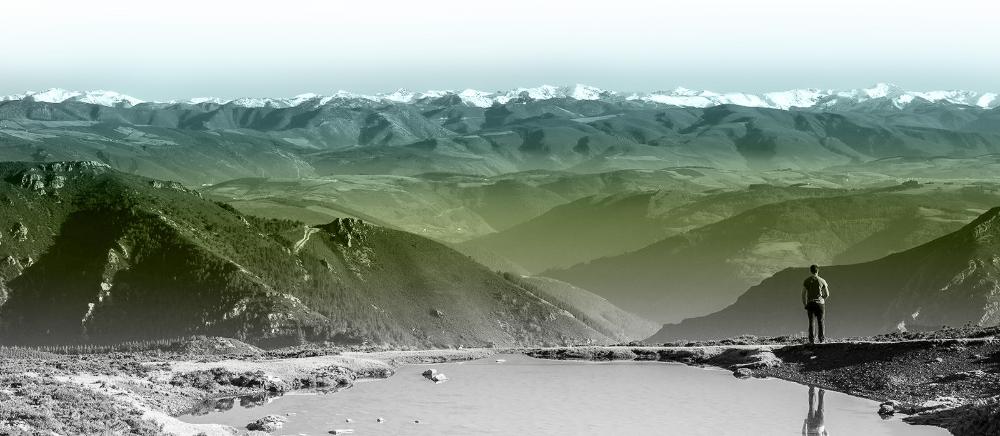
Subscribe to our newsletter and take advantage of offers, discounts, and news
Subscribe

